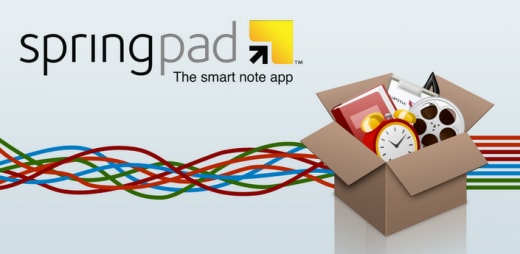Sent to you by MJo via Google Reader:
Nessuno vuol produrre la caldaia del futuro:
Ieri sera ho visto in funzione una caldaia a pirolisi aperta. Costruirla costa 50 euro.
Il mio vicino di casa, Valerio Marchioni, è un genio costruttivo. E mi ha mostrato una cosa che credevo impossibile.
Prima di spiegare di cosa si tratta devo raccontare cos'è la pirolisi.
Da 150 anni conosciamo questa tecnologia rivoluzionaria, restata quasi inutilizzata (chissà perché).
Il principio scientifico è elementare: se metto della legna dentro un cilindro, aspiro l'aria e poi porto il cilindro a 400 gradi, succede che il legno si scinde in gas e cenere. Questo gas è del tutto simile a quello che usiamo per cucinare e può far andare un'auto, un generatore di corrente o scaldare.
Oggi esistono persino degli scooter che montano questo meccanismo.
La pirolisi, o scissione molecolare, è esattamente quello che abbiamo visto in Ritorno al futuro 2 quando fanno partire l'auto rovesciando in un cilindro un po' di immondizia.
È importante notare che con la pirolisi si può trasformare qualunque sostanza organica secca in gas.
E, per inciso, questo sistema è molto ma molto meno inquinante degli inceneritori (termovalorizzatori) che prima bruciano e poi filtrano i fumi (il che è difficilissimo e ti scappano le nano particelle mortali).
CONTINUA SUL BLOG DEL FATTO QUOTIDIANO
Things you can do from here:


















